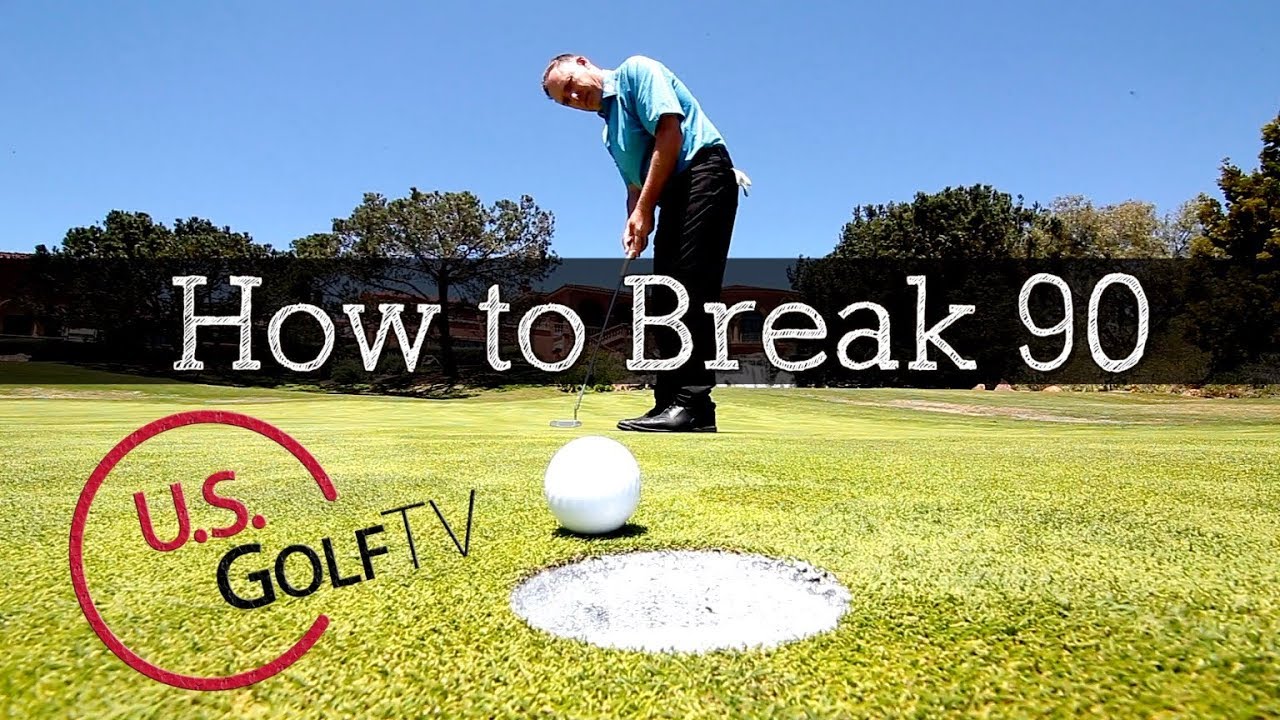
It is important to remember that speed changes can occur when you putt. You should maintain a steady speed. The ball should not roll more than one foot from the hole. Also, don't stand over the ball because this will affect your putting performance. Before you make your stroke, take a final look at each hole. If you are not used to putting on the green, follow these golf putting tips:
Keeping your head still on the backswing

There are a couple of different methods of practicing staying still during your backswing when golf putting. People say closing their eyes helps them to remember to keep their head still while golf putting. You should not forget to keep your head on the backswing while you are playing golf putting. Instead, try these methods. These techniques are proven to improve the game and avoid making common errors.
Keep your focus on the ball.
Keeping your eyes on the ball is crucial to good golf putting. You can avoid peeking at the ball by focusing on a specific dimple. You can also keep your head moving towards the target by rotating your head. There are two ways to practice this technique. The first drill will help you improve your accuracy while the other will help you improve your control of speed. Practice this technique until you become accustomed to it.
Practicing long putts
You must practice long putts in order to improve your short-game. Long putts can be difficult to judge. Strike the ball with a steady hand. Keep your eyes on that ball for at least a few seconds after it hits the ground. Mishits can be caused by trying to hit the ball too hard. Try to strike the ball gently with your putterhead. Smooth strokes will accelerate the putterhead's progress through the ball.
Counting your paces

Counting your paces in golf putting can help determine how far away you are from the hole. Golfers rarely know how far a putt is unless they've played several holes. If you count your paces and multiply them by three, it will give you a better sense of how long your stroke is. Here's how you can practice counting your paces whilst golf putting.
Get in alignment
One of the most overlooked aspects of golf putting is alignment. A proper alignment will increase your chances to sink more putts. The key to getting the alignment right is to aim your putter face at the initial target, which is usually not the hole. Your body alignment should align with the line of the ball towards the target. Not only is the alignment of your feet important, but so are other parts of your body. Attention should be paid to your shoulders, arms, and back.
FAQ
Can you teach me how to play the game of golf?
Yes. There are many schools that offer instruction in golf. You will need new equipment, such as a set or clubs.
What does it take to win points in golf?
Points are awarded depending on how well a player performs during a competition. In golf, there are many ways to score points. A player might win a tournament by scoring more points than any other player. Alternatively, a player might finish second place in a tournament and receive half the prize money that was won by the winner. Also, placing third through tenth in a tournament earns you points. These additional points are called'strokes.
These official competitions are not the only ones that award points. There are also many unofficial events which award points to the highest performing players. Bonus points can be awarded in certain cases to players who perform well in a particular event.
What type of clubs should you use?
There are many kinds of clubs. Most players start out with a driver - a heavy metal club that allows them to hit the ball further. Other clubs include woods, irons, wedges, and putters.
Woods, which are longer clubs, allow players the opportunity to be as close to a pin as possible without having to make a shot. These clubs are used for long drives or approaches.
Irons are shorter clubs that are designed to help players hit the ball closer to the pin. They are often used for short-distance shots such as putting and chipping.
Specialized clubs are used to control and direct the ball's flight path. They are typically used for shots that require precise direction.
Putters are small clubs designed to roll the ball towards the cup. They are used by players to make short putts.
The type of club you use depends on what type of shot you want to make. Different types shots can be served by different clubs.
Drivers, for example, are helpful in hitting the ball further away than the hole. Wooden are great for driving the ball over long distances. Irons are great for making short shots. It is easy to control the ball's flight with a wedge. Putters are ideal for rolling the ball into holes.
Statistics
- Professional golfers typically make between 60% and 70% of greens in regulation. (en.wikipedia.org)
- Professional golfers typically make between 60% and 70% of greens in regulation. (en.wikipedia.org)
- Buying a set of Titleist or Taylor-Made irons for nearly $1,000 is simply not necessary and likely a waste of money. (golficity.com)
- In the United States, women made up 25 percent of golfers in 2021, which was up from 19 percent in 2011, and junior female golfers account for 35 percent or 1.1 million golfers.[50] (en.wikipedia.org)
External Links
How To
How Do You Play Better Golf When The Wind Is Blowing?
Golf is played in open areas on grassy areas. It is a very popular sport. There are many golf courses around the globe, from public parks to private clubs. You can also play indoors such as indoor arenas or shopping malls. Each hole has a number of holes where players have to hit the balls. Each hole has a tee box, fairway, rough, hazards (e.g., water), and green. The type of shot that is required will determine which driver, wedge or long iron the players use. The rules may dictate that players must carry the ball at a certain distance before hitting the ball. Others may not have to do so. The conditions that a player experiences when playing outdoors golf can have an impact on how they hit their shots. These include temperature, humidity and visibility.
There are two types of winds: headwinds and crosswinds. Crosswinds blow in the opposite direction to headwinds. If the wind is blowing towards a golfer, it will blow against him/her. If the wind is blowing away, he/she'll be hitting with wind. Playing golf in a strong wind is much harder because the ball tends to fly higher and further. This makes it harder for the player controlling the ball's trajectory. Players try to compensate by keeping the club's face parallel to the ground. They strike the ball with maximum force and contact so it is fully in contact with the ground. Even though the ball is less likely to fly in stronger winds, it still travels further due to its increased air resistance.
Playing golf in the wind requires a lot of practice. Wind affects the flight path and trajectory of the ball. The wind affects the flight path of the ball. A skilled golfer will always be aware of this. He/She would adapt his/her swing to suit the conditions, so that he/she could hit the ball with no energy loss. Another important aspect to consider is where the wind is coming from. Wind does not travel in the same directions. The breeze from the ocean is typically very light but is stronger closer to the shore. Similarly, the wind blows strongest close to the ground. The golfer must therefore pay attention to the wind direction as well as intensity.
In summary, playing golf in the wind requires constant adjustments to your swing. Watch the wind and ensure that your swing aligns properly. Learn to read the wind and adapt your swing accordingly.